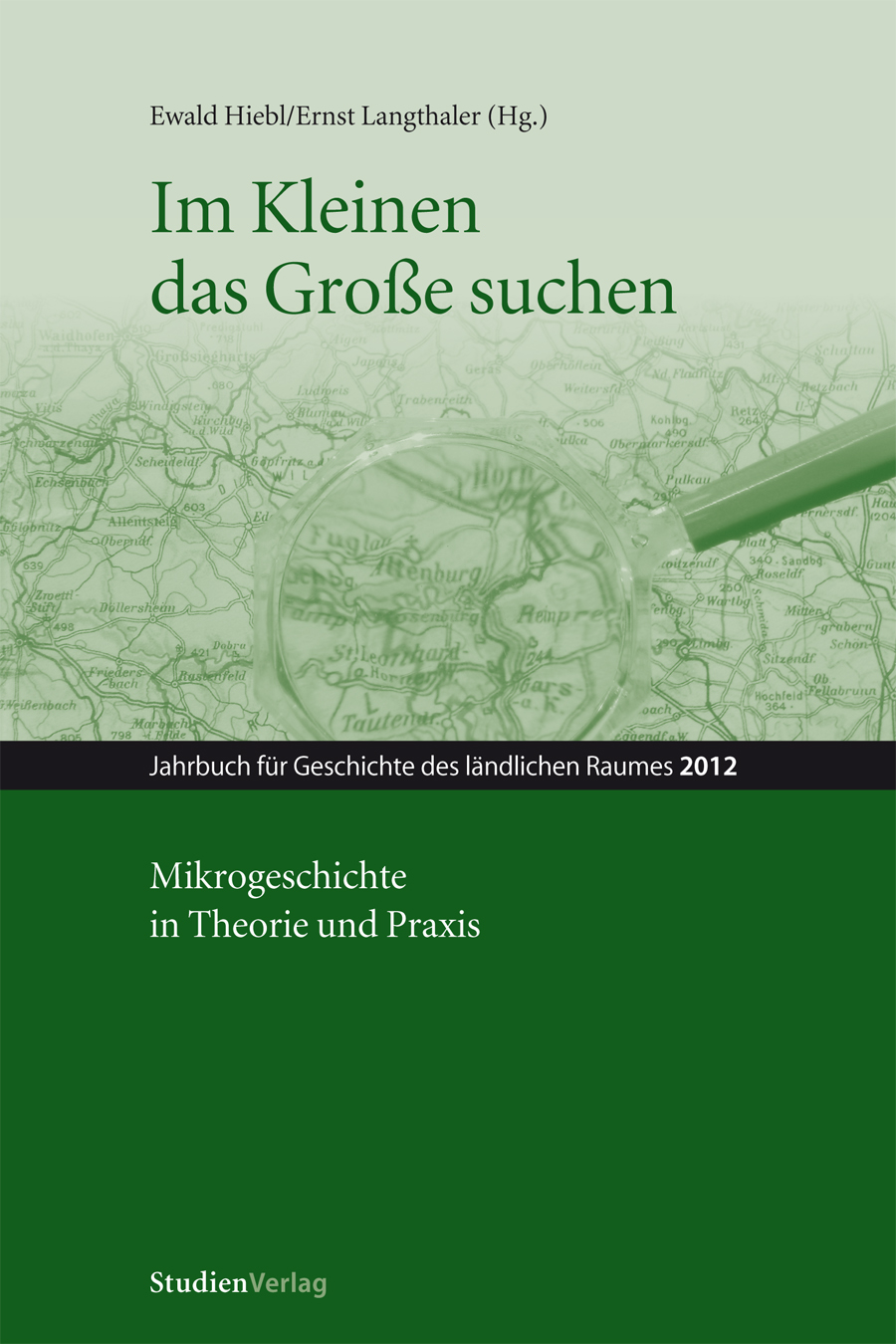Die „Oberen“ und die „Unteren“
Eine Fallstudie zur Dorfpolitik in Niederösterreich zwischen Monarchie und Gemeindereform (1900–1960)
DOI:
https://doi.org/10.25365/rhy-2012-13Abstract
The article focuses on the ‘exceptional normal’ (E. Grendi). In the small rural village Münichsthal a rivalry between two socially, ethnically and ideologically similar groups subsisted. This rivalry shaped village politics for generations. At first glance, the only difference between the two groups seemed to be the local district, respectively the neighbourhood. Starting with this local conflict, the article focuses on aspects of village politics. The article discusses the following questions: Who were the actors of village politics? How were these and other groups constituted? How did party politics interfere with local realities? How did the village respond to these interventions ‘from outside’ and ‘from above’ and, vice versa, how did the larger political apparatus deal with regional and local Eigensinn (Alf Lüdtke), especially during the crisis of 1918, 1934, 1938 and 1945? How did village politics transform over time?


